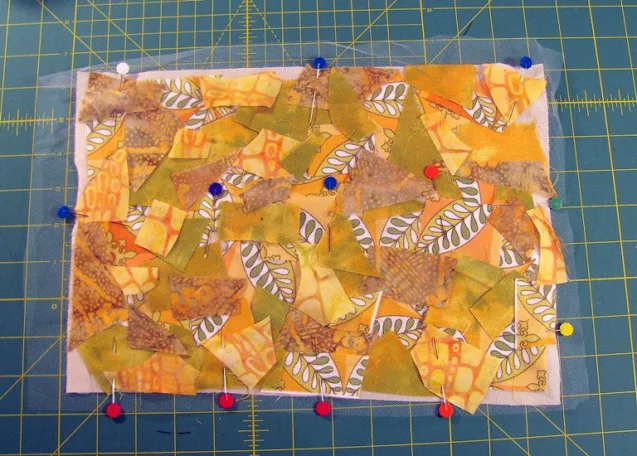"Master the math involved in quilting! Robert Kaufman Fabrics and Quilters Paradise have joined forces to bring you this updated collection of eight essential quilting calculators. Designed by quilters, the calculators work with both U.S. and metric measurements. With these tools you’ll easily and accurately work out how many rectangular pieces can be cut from a larger piece, or how much fabric is needed for backing, batting and borders, square-in-a-square, set-in and corner triangles."
I love this app because it does all the quilting math work for you, which is great for me because I'm pretty much math-challenged. It has several calculations, but my favorites are backing and batting measurements, binding yardage needed, and piece count (calculates the number of pieces you can cut from a larger piece of fabric).
2. Quilt Creator by Crochet Designs
"Create quilts using over 200 quilt blocks to select from. You can then change the colors in the blocks to get the look you want."
2. Quilt Creator by Crochet Designs
"Create quilts using over 200 quilt blocks to select from. You can then change the colors in the blocks to get the look you want."
3. How Much Thread by Superior Threads (This app is no longer available)
4. Color Gear by Appsvek ($1.99)
"Color Gear is a handy professional tool that helps to create harmonious colour swatches. To find the perfect colour combination, designers and artists use colour theory and the basis of it: colour wheel and harmonies. You don't need to be a colour expert in order to use this app – Color Gear is a user friendly application suitable for beginners and pro. Perfect app for understanding colour theory and daily working with palettes. Works offline."
4. Color Gear by Appsvek ($1.99)
"Color Gear is a handy professional tool that helps to create harmonious colour swatches. To find the perfect colour combination, designers and artists use colour theory and the basis of it: colour wheel and harmonies. You don't need to be a colour expert in order to use this app – Color Gear is a user friendly application suitable for beginners and pro. Perfect app for understanding colour theory and daily working with palettes. Works offline."



























































